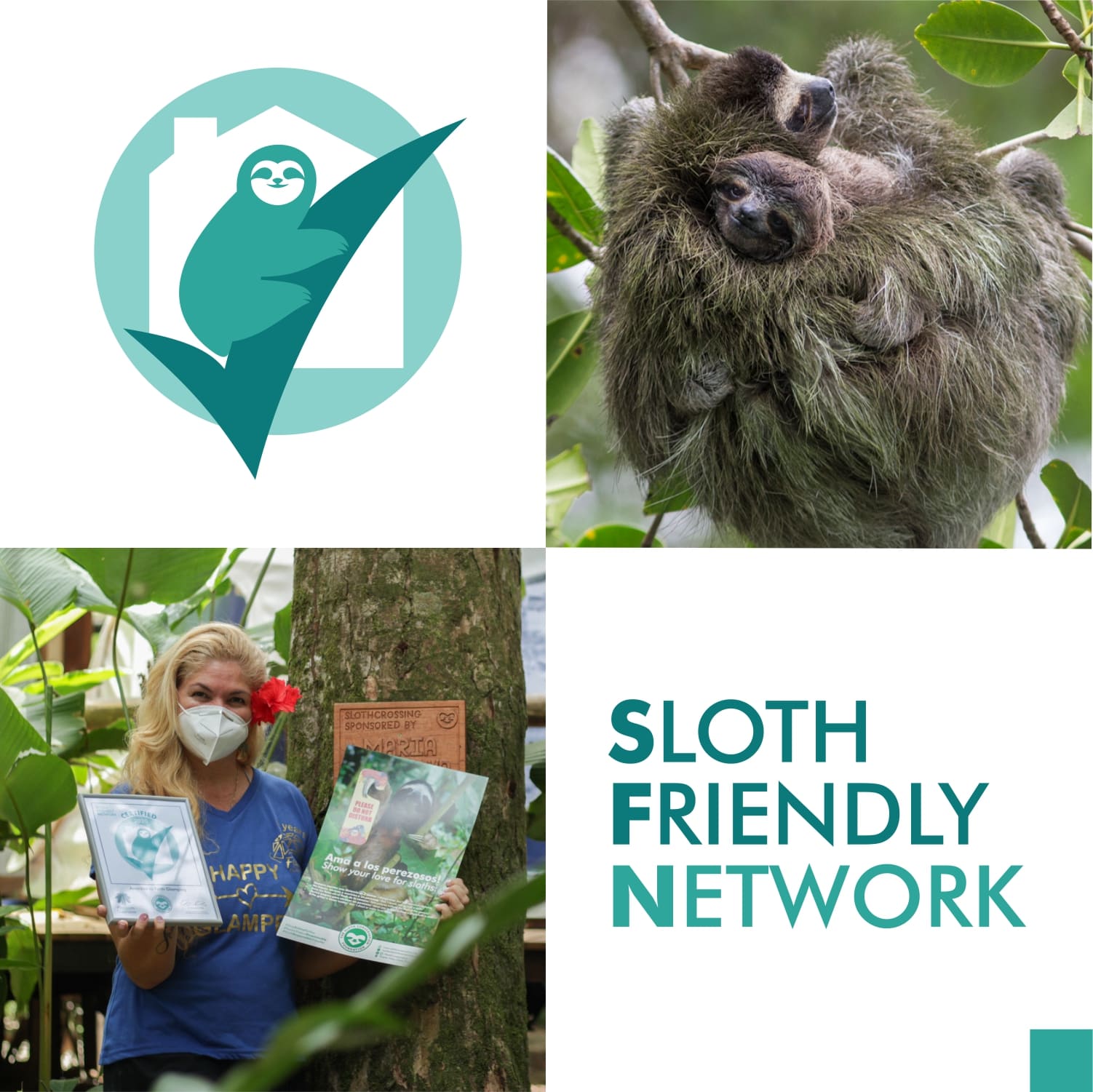WELCOME TO
SLOTH PARADISE!
WELCOME TO SLOTH PARADISE
It’s almost guaranteed that you will spot at least one sloth during your visit to this slice of tropical paradise known as the South Caribbean of Costa Rica. Let us be your Sloth Guides!
It’s almost guaranteed that you’ll spot at least one sloth in your visit to this slice of tropical paradise known as the South Caribbean of Costa Rica. Let us be your Sloth Guides!
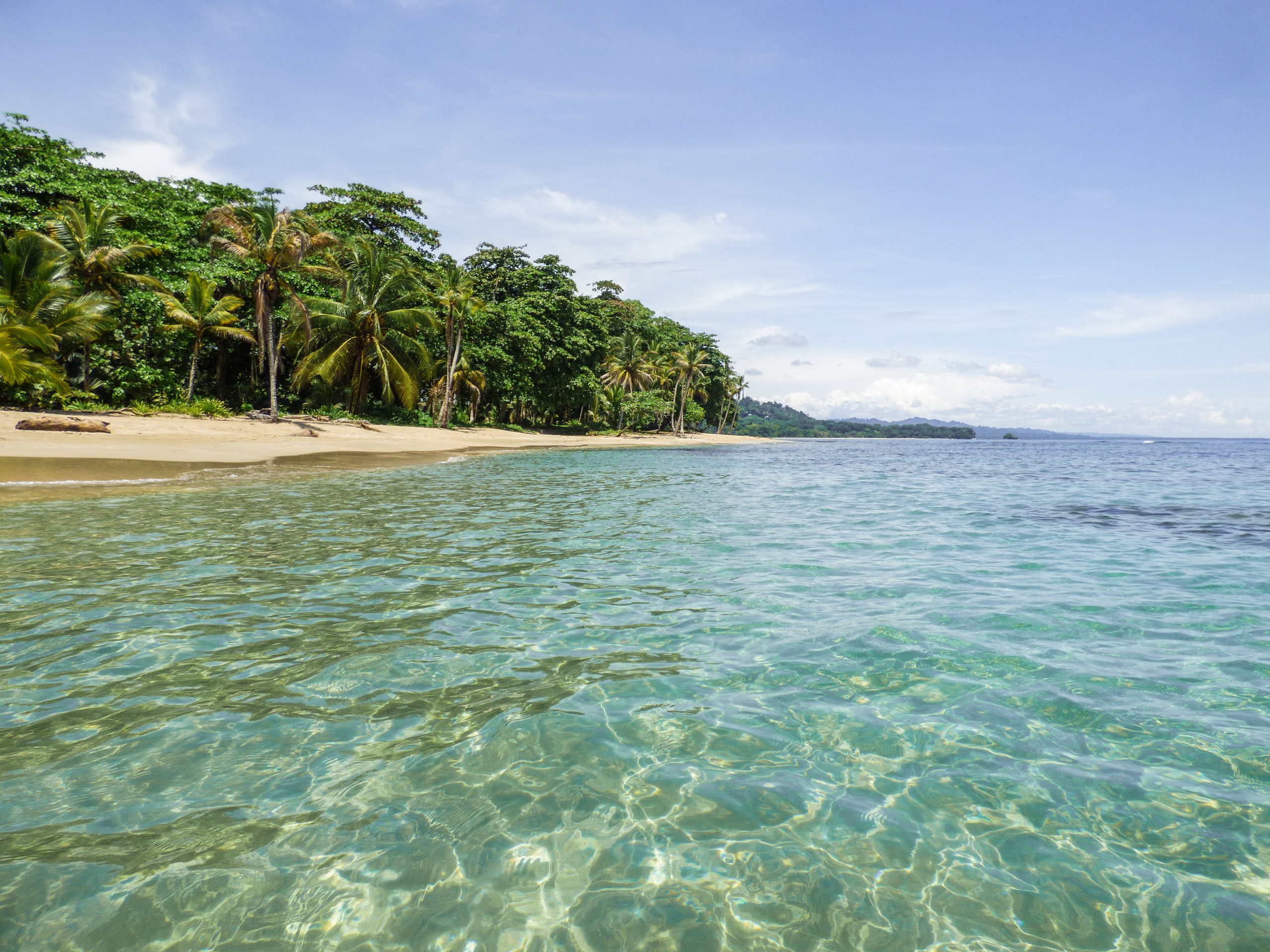
Travel Safely with the Sloth Friendly Network
Through the Sloth Friendly Network (SFN) we incentivize and endorse local businesses that promote responsible tourism and contribute to the conservation of biodiversity.
Travel safe in the Sloth Friendly Network
Through the Sloth Friendly Network (SFN) we incentivize and endorse local businesses that promote responsible tourism and contribute to the conservation of biodiversity.
Accredited members of the SFN actively engage in environmentally friendly practices to support the protection of sloths and help to educate visitors to be partners in conservation.
Before going sloth spotting, check out the info below
Before going to sloth spotting, check this info below
What you need to know about the South Caribbean of Costa Rica
Check out the amazing features this paradise has to offer…
How to be a responsible traveler
+ The best tips to experience the South Caribbean like a local while helping the community
What you need to know about the South Caribbean of Costa Rica
Check the amazing features this piece of paradise offers…
What to do in Sloth Paradise: Top 15
Sloth spotting is not the only thing you can do here! Relax, adventure, or fun? up to you!
How to be a responsible traveler
+ the best tips to experience the South Caribbean like a local while helping the community
HOW TO SPOT SLOTHS?
HOW TO SPOT SLOTHS?
Learn from the experts!
There are two different species of sloths existing in Costa Rica: the brown-throated three-fingered sloth (Bradypus variegatus) and the Hoffmann’s two-fingered sloth (Choloepus hoffmanni).
Learn from the experts!
There are two different species of sloths existing in Costa Rica: the brown-throated three-fingered sloth (Bradypus variegatus) and the Hoffmann’s two-fingered sloth (Choloepus hoffmanni).
Three- fingered Sloths

- Grey coloration
- Masked-face and flat nose
- Arms longer than legs
- Three fingers on the forelimbs and three toes on the hindlimbs
- Small stubby tail
- Males have a brightly colored patch of orange hair on the back called a “speculum”
Two-fingered sloths

- Dark to light brown color
- No masked-faced and snout
- Big pig-like nose
- Same length arms and legs
- Two fingers on the forelimbs
- Three toes on the hindlimbs
- No tail
The best way to find both two-fingered and three-fingered sloths is to identify the trees they live in and feed on.
The best way to find both two-fingered and three-fingered sloths is to identify the trees they live in and feed on.
Guarumos
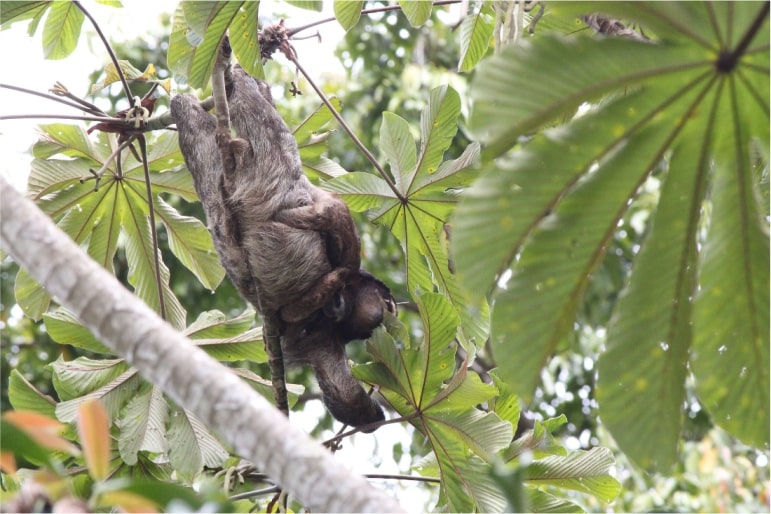
Three-fingered sloths prefer Guarumo trees (Cecropia spp.). These trees grow in open areas and the branches are bare until the ends where you can find big star-shaped leaves.
Another easy way to identify Guarumos is with their tall trunks and naked branches. Unlike other trees, no plants grow on guarumo branches!
Beach almond
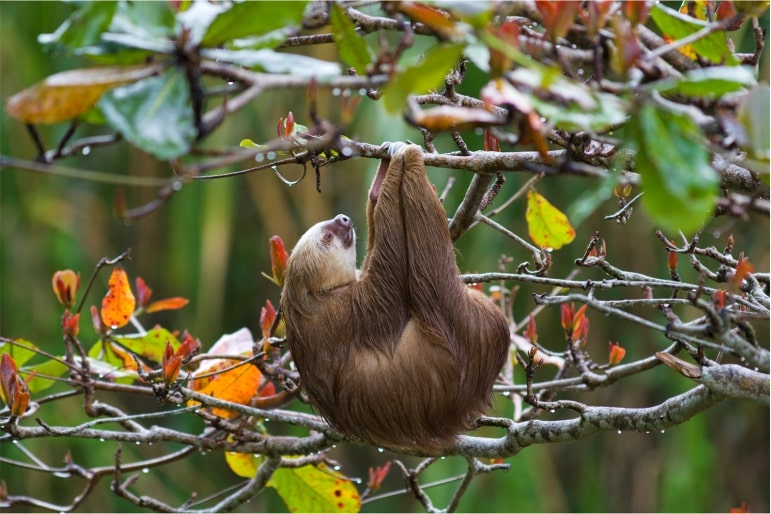
Two-fingered sloths can often be found in beach almond trees (Terminalia catappa) and as the name already indicates, you find them mainly at the side of the beach.
You’ll identify this tree immediately by recognizing the big, thick, rounded-shaped leaves. And if you´re lucky, you might see some Great Green Macaws feeding on the almonds!
Both types of sloth can also be found in Sangrillo Trees (Bloodwood trees – Pterocarpus officinalis)
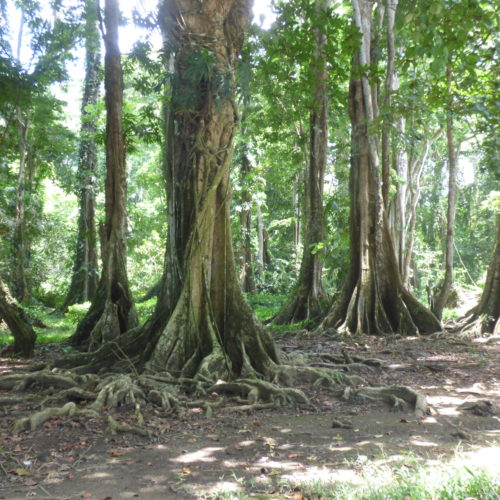
Sangrillo trees are very tall and grow mainly in swampy areas which makes sloth spotting more difficult! They have big table-shaped roots and the sap is red.
Sloths are usually found in the treetops, but sometimes you might be lucky and see them lower down – or even on the ground when they are crossing the road or pooping!
Once you know what trees to look in, the best way to actually see a sloth is to take a quiet walk in nature and look out for something that looks like a termite mound or birds nest in the canopy (sloths are very good at pretending to be both of these things).
If you have some good binoculars or a camera with a zoom lens this will definitely help!
I found a sloth! What now?
Congratulations! Now is the time to enjoy this encounter in a respectful way. Here is how you should proceed. Share this information with your fellow travelers!
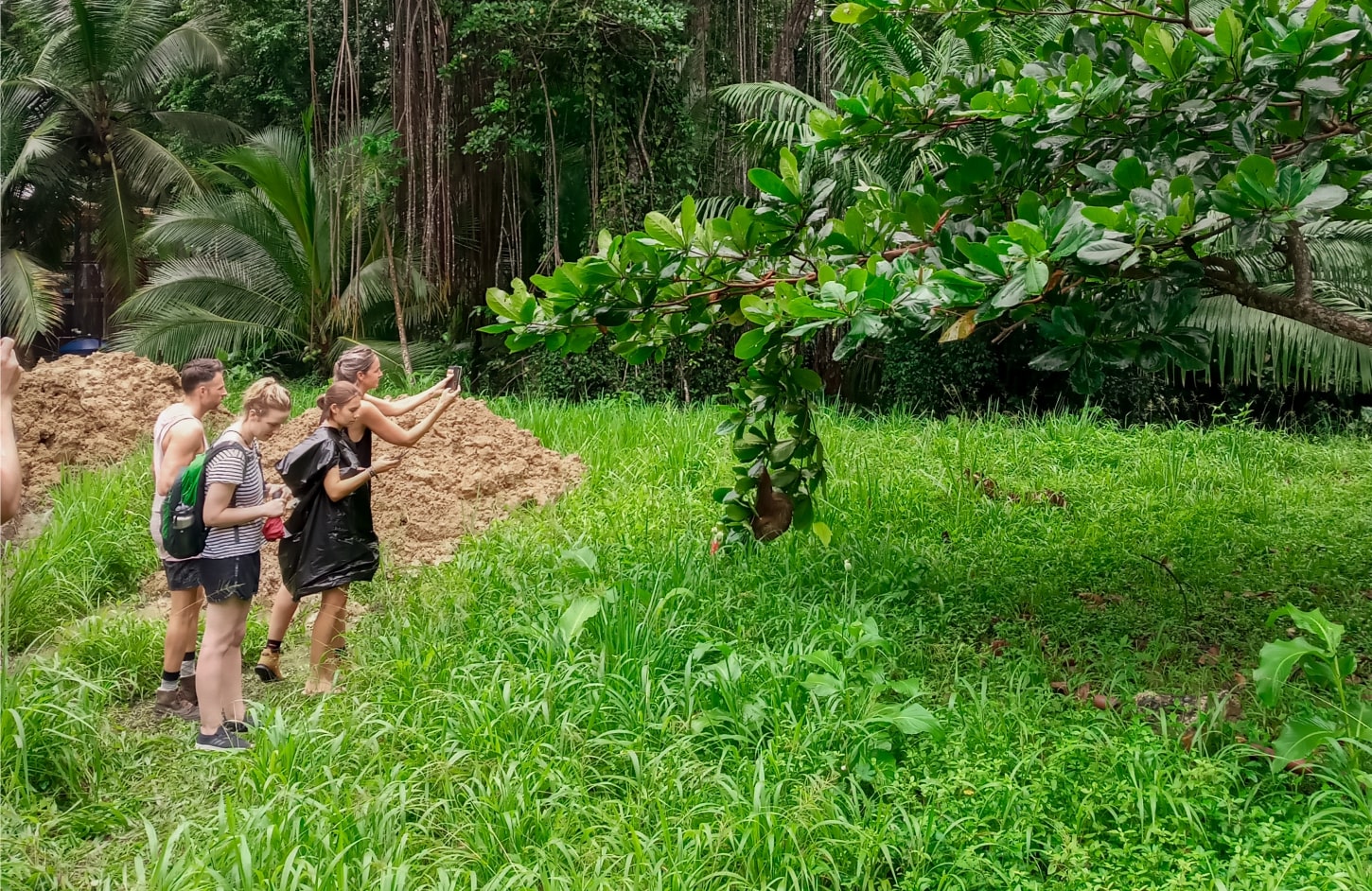
I found a Sloth! What now?
Congratulations! Now is the time to enjoy this encounter in a respectful way. Here is how you should proceed. Share this information with your fellow travelers!


Always keep a 3 m/10 ft minimum distance from the sloth!

Do not touch, hug, hold or grab the sloth.

Do not shout or disturb the sloth with loud noises.

If a sloth is crossing a road, let the sloth cross safely. Help to stop the traffic if necessary.

Don´t ever pay to hold or have a photograph with a sloth or any other wildlife.

Take pictures without the flash of the camera.

If you see a sloth or any other animal being exploited, please contact the local authorities.

Do not take selfies holding a sloth or any other wildlife since this promotes animal exploitation!
OBSERVE, WATCH, LEARN, AND ENJOY!
Responsible Wildlife Encounters
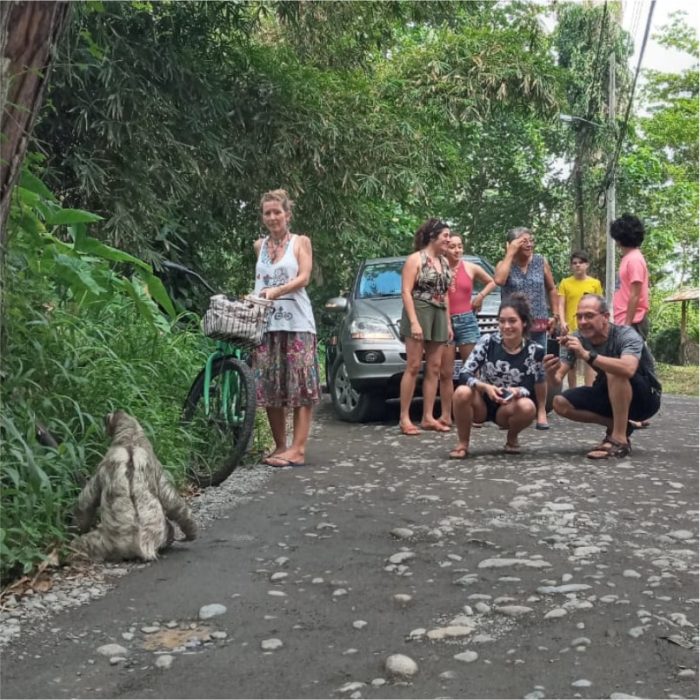
The demand for wildlife selfies, photographs, and experiences in direct contact with wild animals is causing great damage to biodiversity.
In order to help wild animals, especially sloths (since they can’t run away) to feel safe and comfortable in their habitat, we must follow the rules to protect them.
Wildlife in Costa Rica is protected by the State, and so it is in the national interest and the responsibility of each and every Costa Rican and visitor to ensure its proper management, use, and conservation.

- I touch, hold or hug the animal.
- I offer food to the animal.
- I try to capture or chase the animal to get closer or have direct contact.
- I make noises, whistle, throw objects or hit the tree to get the animal to move or wake up.

- I am at a safe distance from the animal.
- I make a silent and respectful observation.
- I respect the natural behaviors of the animal.
- I do not enter cages or enclosures.
- There is a barrier that protects me from direct contact with the animal.
#StopAnimalSelfies
Join this initiative promoted by the authorities of Costa Rica on social media, and learn more about wildlife laws!



